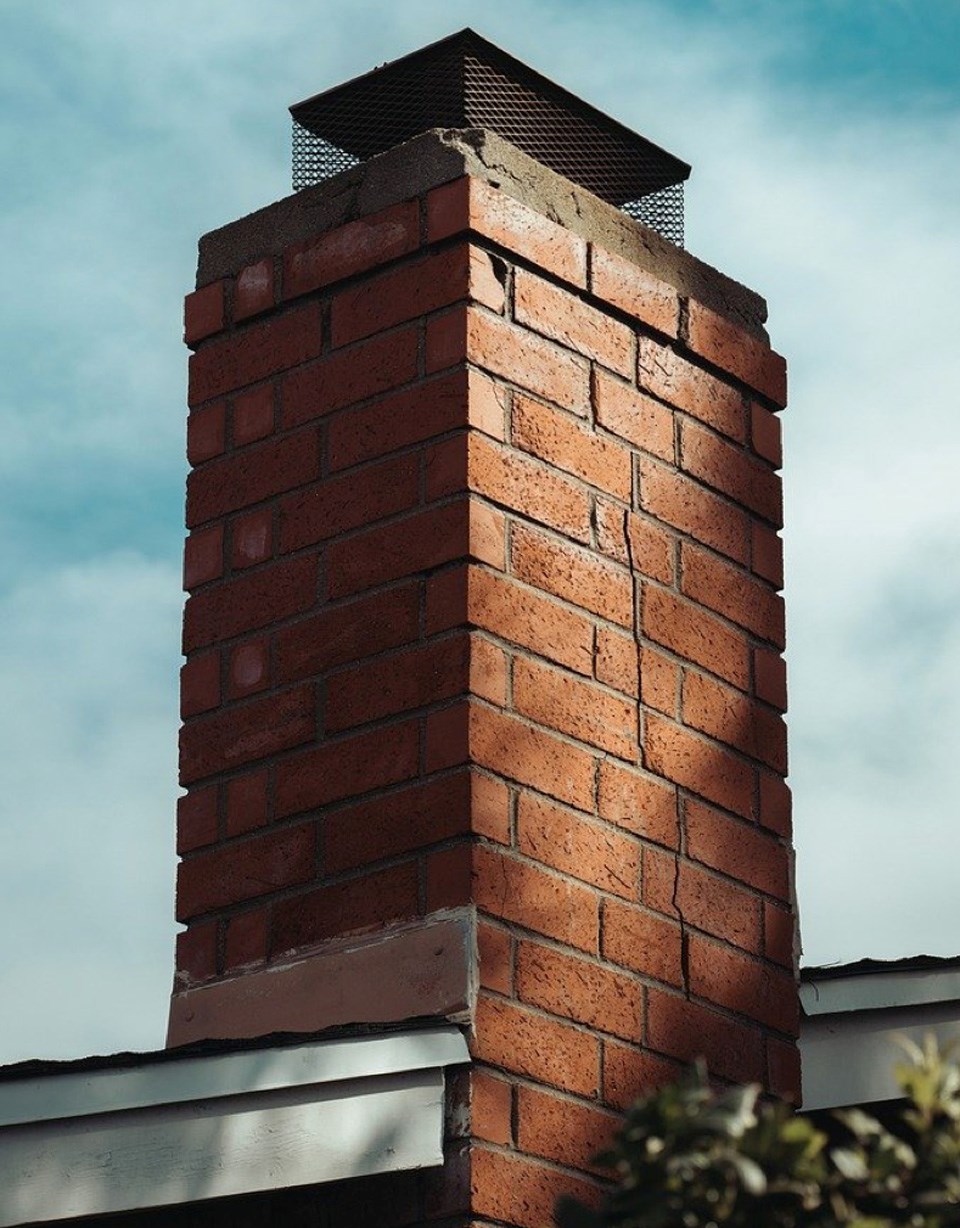Spring has sprung! Time to shed those heavy winter layers and open the windows. But while you're giving your home a good spring clean, don't forget about your valiant chimney, the unsung hero of cozy winter nights. Our winters can take a toll on chimneys, leaving them vulnerable to leaks that can cause major headaches down the road.
Spring is the perfect time to assess your chimney's health and, if necessary, call in a professional for maintenance like replacing flashing or waterproofing.
Flashing: Your Chimney's Raincoat
Chimney flashing, those thin metal sheets surrounding the base and sides of the chimney where it meets the roof, acts as the first line of defence against water intrusion. Think of it as a raincoat for your chimney. However, just like your favourite raincoat, flashing can wear and tear over time due to exposure to rain, snow, and the thawing spring freeze-thaw cycle. Here's when to be on the lookout for trouble:
Visible damage: Look for cracks, holes, or bends in the flashing itself. Rust is another red flag. Flashing should lie flat against the chimney and roof with no gaps.
Signs of water leaks: Did you notice any water stains on the ceiling or walls near the chimney during your spring cleaning? These could be a sign that water is getting in from a leaky chimney.
Missing or improperly installed flashing: If you see gaps around the base of the chimney, or if the flashing appears haphazardly installed, it's best to have a professional assess the situation.
Adding an Extra Layer of Protection
Waterproofing your chimney takes prevention a step further. A special sealant applied to the exterior bricks creates an extra barrier against moisture. This is particularly important for older chimneys, or those made with porous materials. Spring showers might seem harmless, but consistent moisture exposure can lead to problems down the road. DIY roof work isn’t for everyone, but make sure you are well-prepared and confident with heights if you are going to tackle this job yourself!
Safety first: Working on a roof can be dangerous. Make sure that you have the proper safety equipment to get the job done without incident. If in doubt, call in a professional.
Picking the right product: There are different types of chimney waterproofing sealants. Choosing the right one depends on the specific materials of your chimney.
Keeping Up with Chimney Maintenance
While replacing flashing or waterproofing your chimney might seem like a significant expense, it's an investment in your home's overall health and lifespan. Think of it as a preventative measure that can save you from a much bigger and costlier repair down the road.
So, as you're enjoying the sunshine and fresh air of spring, take a moment to inspect your chimney for any signs of trouble. Catching a small leak early can save you a lot of hassle later. Don't hesitate to call a professional roofer if climbing up for DIY chimney repair isn’t your cup of tea.
This story is brought to you by Great West Media Content Studio. It is not written by and does not necessarily reflect the views of the editorial staff.




